It has been a long and demanding year for the soldiers of the Texas State Guard’s (State Defense Force) 6th Brigade. From constructing new military facilities during annual training to deploying alongside their brothers and sisters in other Texas State Guard Brigades, as well as the Texas Army National Guard and Air National Guard, the 6th Brigade has demonstrated its resilience and commitment to Texas. Among their most significant missions this year was their rapid deployment to Central Texas following the catastrophic flooding that struck the region in early July.
When torrential rain and flash floods devastated entire communities, 6th Brigade soldiers answered the call without hesitation. They worked hand in hand with local officials, first responders, and the Texas Division of Emergency Management (TDEM) to bring immediate relief to affected areas. Soldiers conducted property damage assessments using the Individual State of Texas Assessment Tool (iSTAT), a crucial resource that helps state officials determine whether federal disaster assistance thresholds are met. They also assisted with emergency warehouse operations, ensuring supplies reached those in need. The information gathered by these Guardsmen provided vital data for Texas’ disaster recovery efforts, helping communities receive aid and resources faster.
Their flood response was part of a larger statewide effort led by the Texas Military Department to rescue stranded residents, deliver food and water, and restore critical infrastructure. Despite the destruction that claimed more than 100 lives, the combined strength of the Texas State Guard and Texas National Guard helped stabilize communities and begin the long road to recovery. Even as the immediate crisis passed, 6th Brigade soldiers remained on the ground, providing ongoing assessments and support in coordination with TDEM and local authorities.

Earlier in the year, before the floods struck, members of the 6th Brigade took part in the Essayons Mission — a large-scale infrastructure overhaul at Camp Swift, one of the Texas Army National Guard’s major training sites. Working alongside the Texas Construction and Facilities Management Office (CFMO), soldiers assisted in performing construction, repairs, and maintenance across multiple military facilities. Their efforts ensured that Texas’ military installations remain ready and fully functional to support future missions and training events.

Even after months of nonstop deployments and disaster response operations, the 6th Brigade has continued to invest in its own readiness and capability. Training remains a core pillar of their success, with soldiers frequently honing their skills to prepare for whatever emergencies may come next. Recently, members of the 4th Battalion completed Stop the Bleed training led by Maj. Jason McLendon, Battalion Chaplain. This course focused on lifesaving techniques to control severe bleeding before medical professionals arrive — including the use of tourniquets, wound packing, and applying direct pressure to simulated injuries. Such training ensures that every soldier can act quickly and effectively in emergencies, whether on duty or within their own communities.
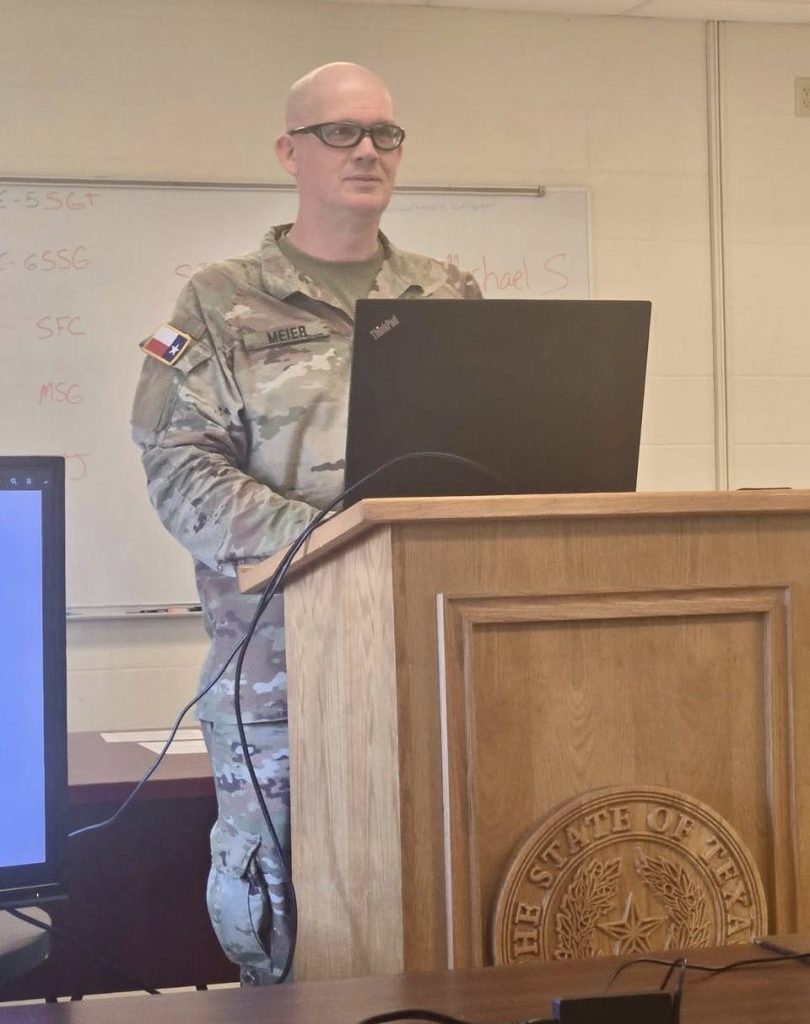
In addition, soldiers of the 4th Battalion completed iSTAT and pSTAT training under the instruction of 1st Lt. Lucas Meier, Bravo Company Commanding Officer. This program equips Guardsmen with the knowledge to gather disaster damage data directly from residents and local officials, strengthening the Texas State Guard’s ability to assist TDEM in future natural disasters. Together, these training programs highlight the 6th Brigade’s ongoing commitment to professional development and emergency readiness, ensuring that when the next crisis strikes, their response will be swift, coordinated, and effective.
Despite these demanding missions, the 6th Brigade has remained fully engaged in one of the Texas State Guard’s most vital ongoing operations — Operation Lone Star. Launched in 2021 by Governor Greg Abbott, this multi-agency mission represents Texas’ most ambitious effort to address the ongoing border crisis. Led by the Texas Military Department and the Texas Department of Public Safety, Operation Lone Star involves detecting and preventing illegal crossings, apprehending human smugglers and cartel members, and stopping the flow of deadly drugs like fentanyl into the United States.
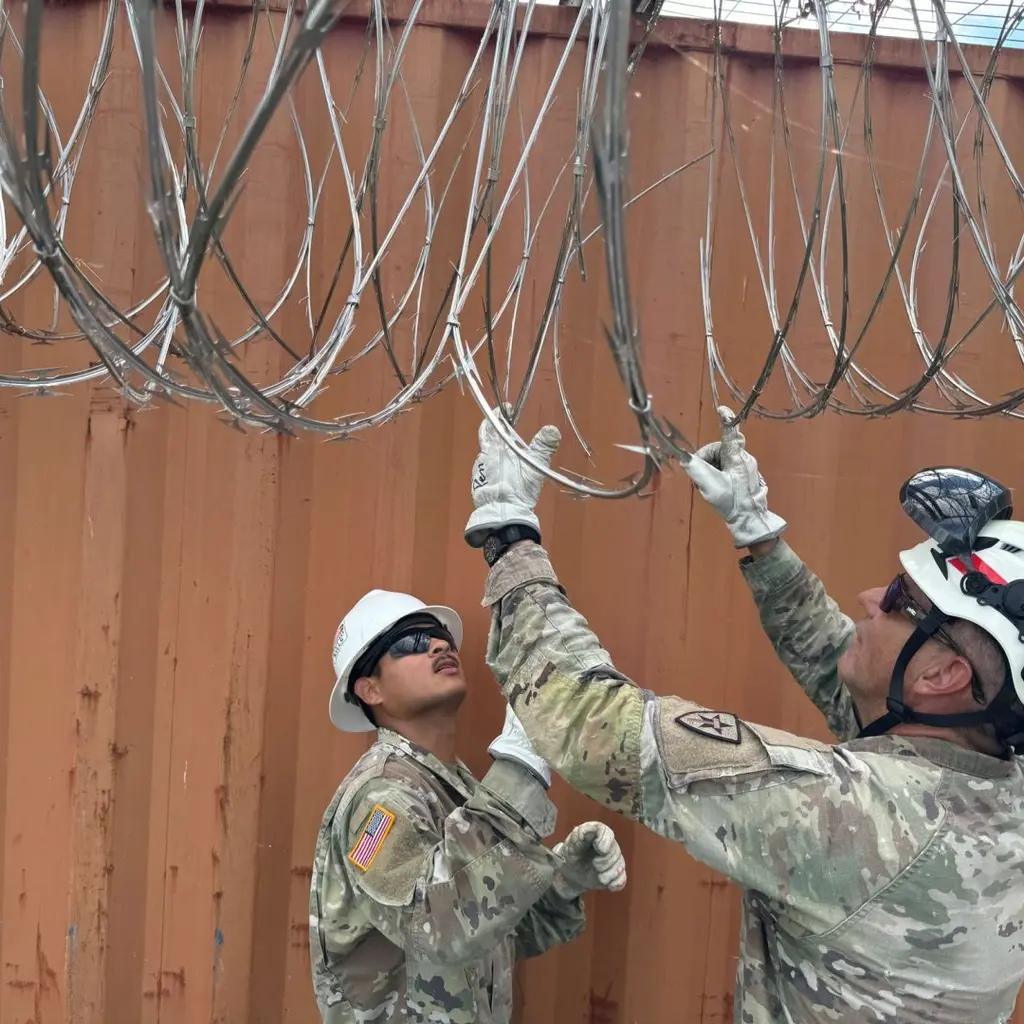
The Texas State Guard has played a critical support role in this mission, working alongside National Guards from states such as Virginia, Tennessee, and Idaho, as well as the U.S. Coast Guard and the Texas National Guard. Their collective efforts have yielded remarkable results: more than 516,300 illegal immigrant apprehensions, 45,300 criminal arrests, and over 505 million lethal doses of fentanyl seized since the operation began. Earlier this year Governor Abbott praised these efforts, noting that illegal border crossings in Texas have dropped by 72 percent since Operation Lone Star’s launch. Texas Military personnel have also installed more than 100 miles of tactical wire along the border to deter illegal entry — a monumental accomplishment in protecting both the state and the nation.
Throughout every challenge — from flood response to infrastructure improvement, from emergency training to border defense — the soldiers of the 6th Brigade have exemplified the highest standards of service. Their readiness, professionalism, and determination continue to make them an indispensable force for Texas. Whether saving lives, rebuilding communities, or defending the border, the 6th Brigade stands ever ready to answer the call, embodying the true spirit of Texans serving Texas.
Recently, service members of the Texas State Guard’s 6th Brigade deployed across flood-affected regions in the days following the July 4, 2025, severe weather to support recovery operations.
Working alongside local officials and the Texas Division of Emergency Management (TDEM), Guardsmen conducted property damage assessments using the Individual State of Texas Assessment Tool (iSTAT) and assisted with emergency warehouse operations.
The iSTAT survey helps emergency management officials determine the extent of damage and assess whether the state meets federal disaster assistance thresholds.
By providing boots-on-the-ground support and accurate reporting, the Texas State Guard helps ensure that impacted communities receive the aid and resources needed to recover quickly and safely.
(1st Lt. Lucas Meier, Executive Officer, 4th Battalion, 6th Brigade)
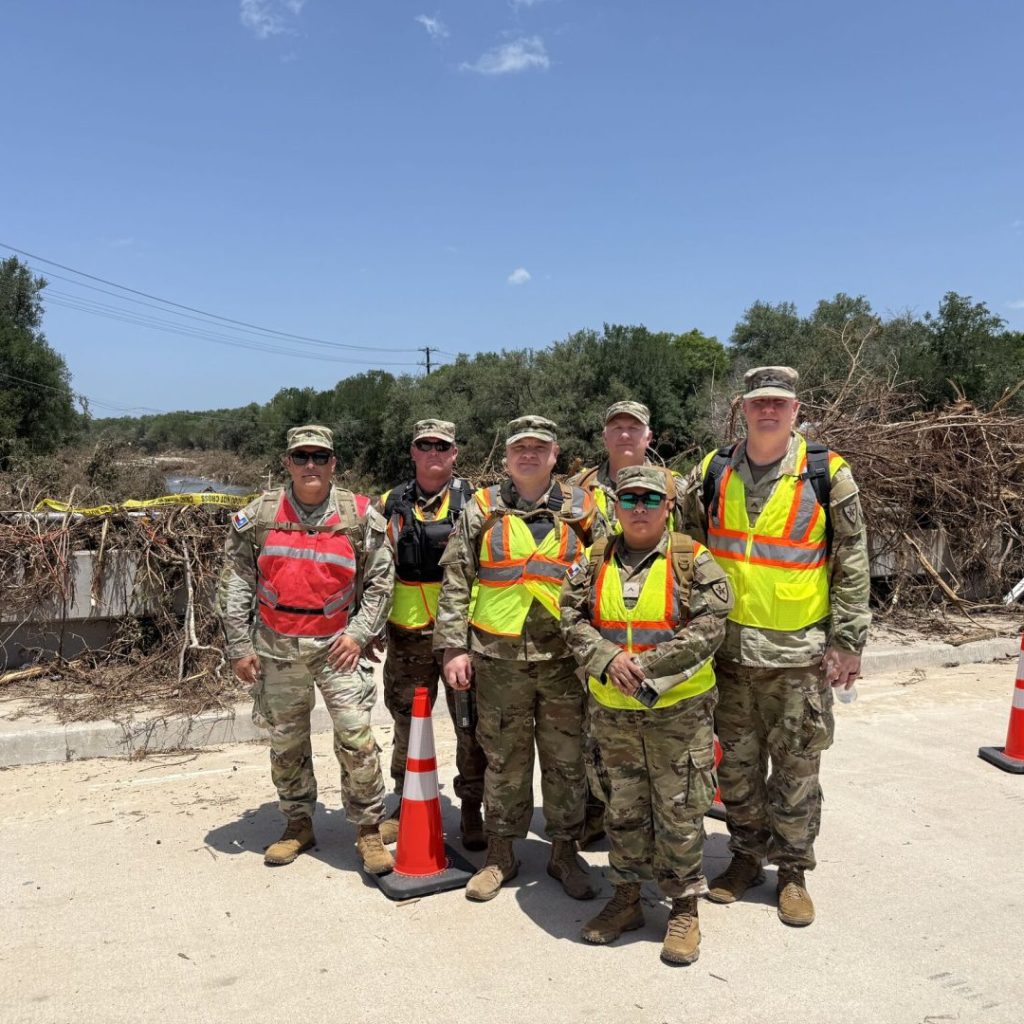

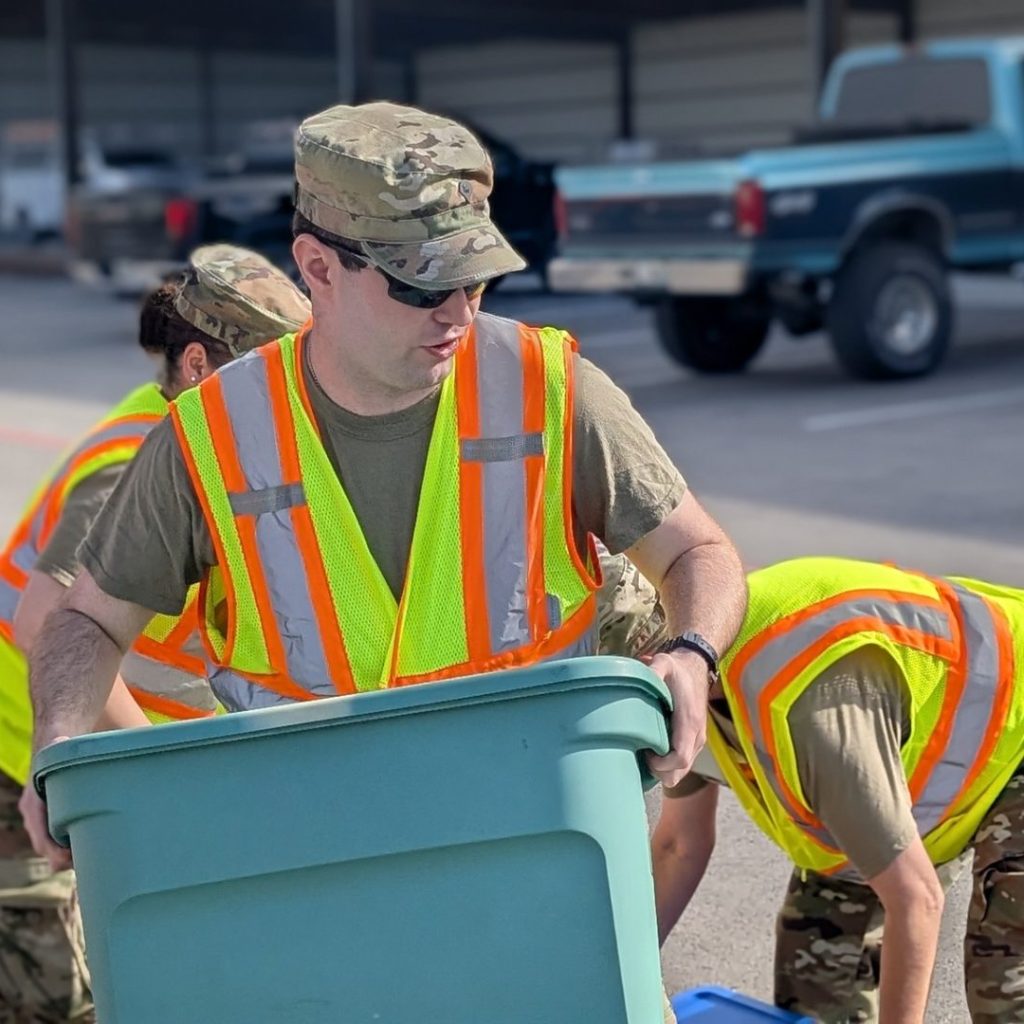


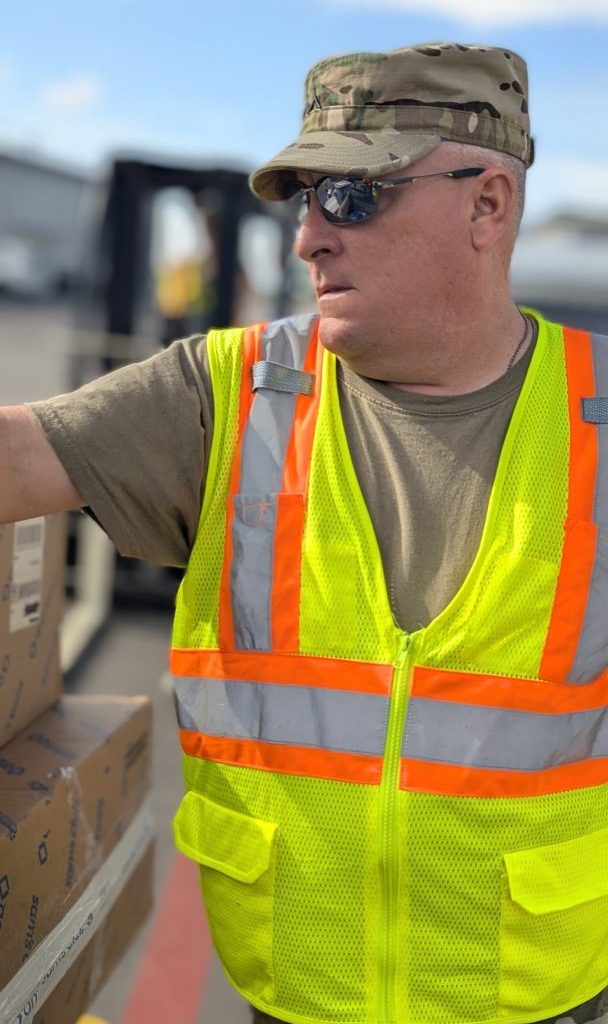
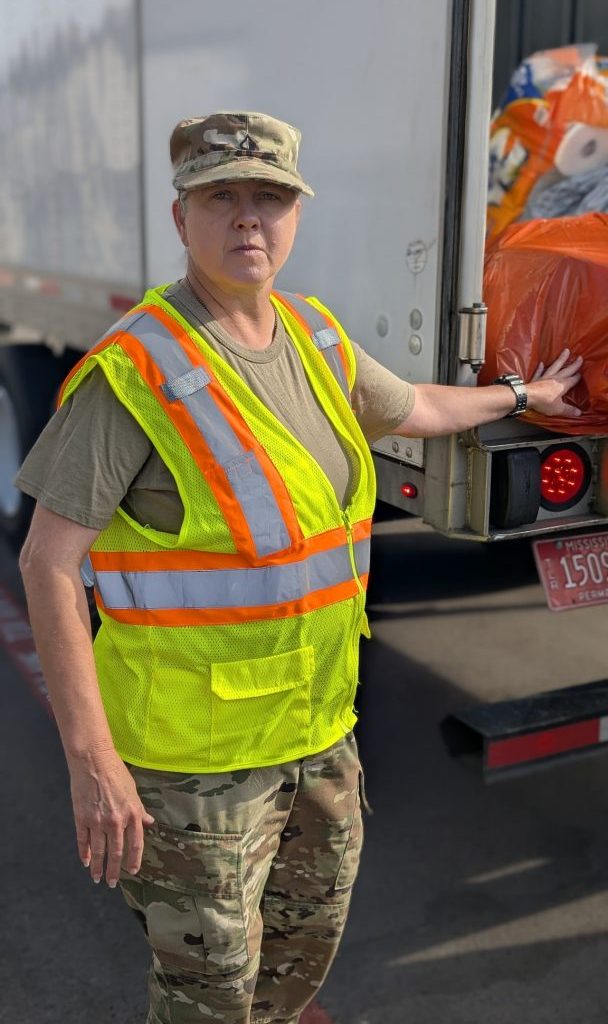

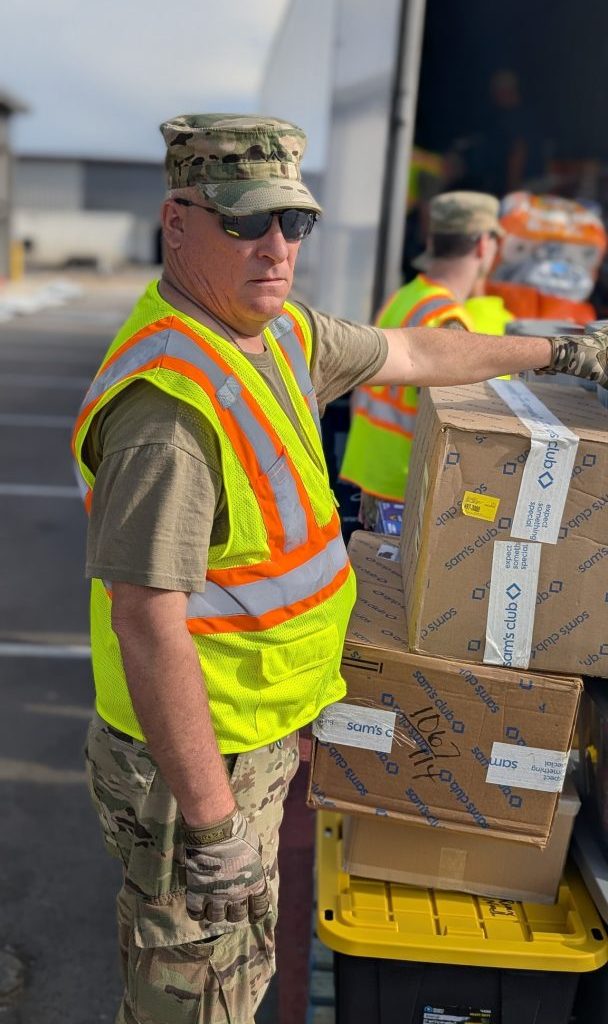
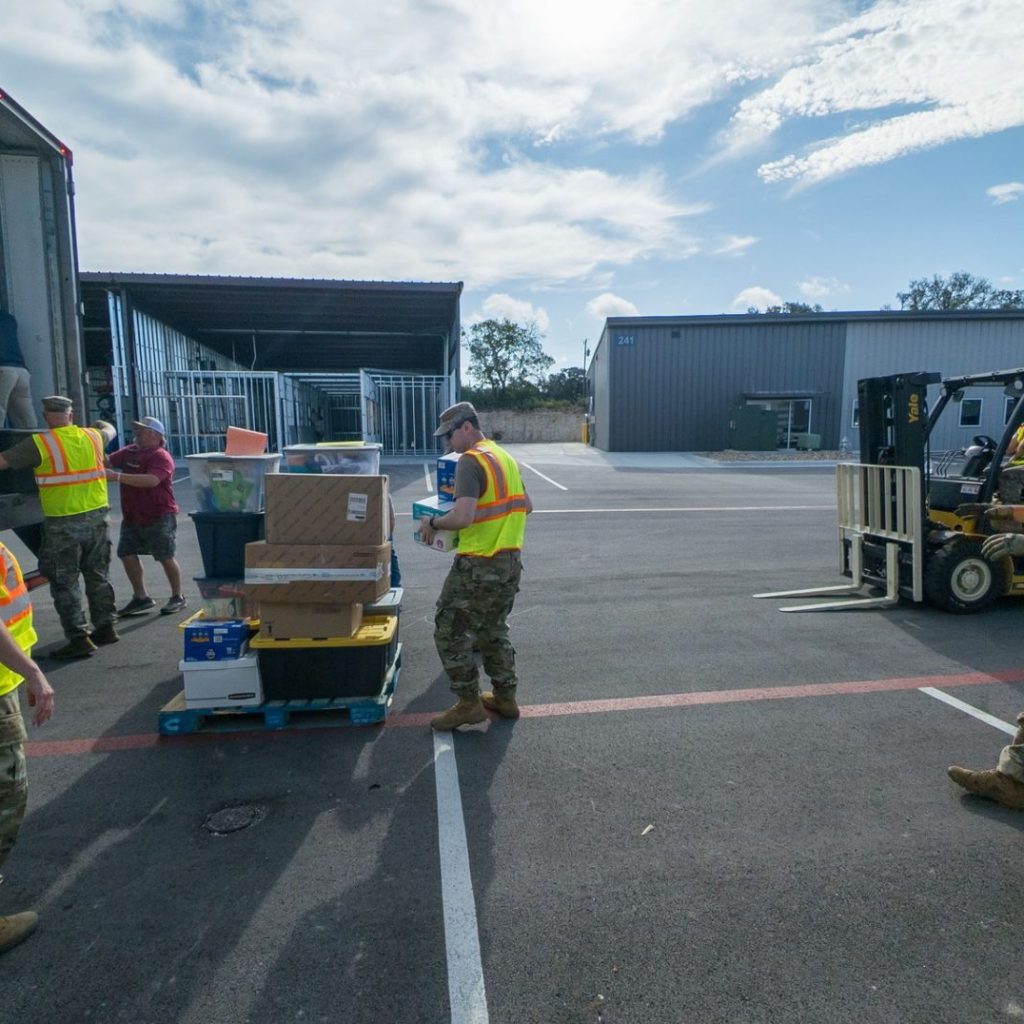





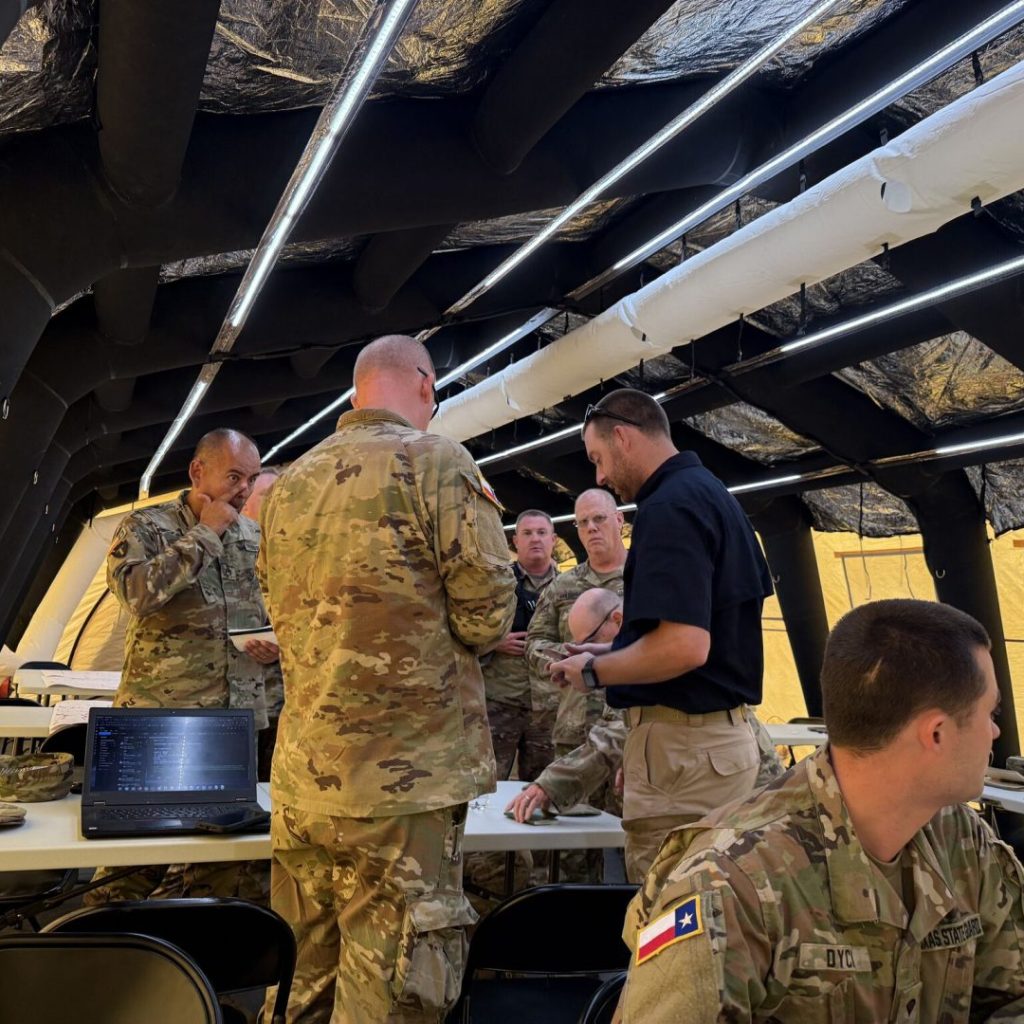
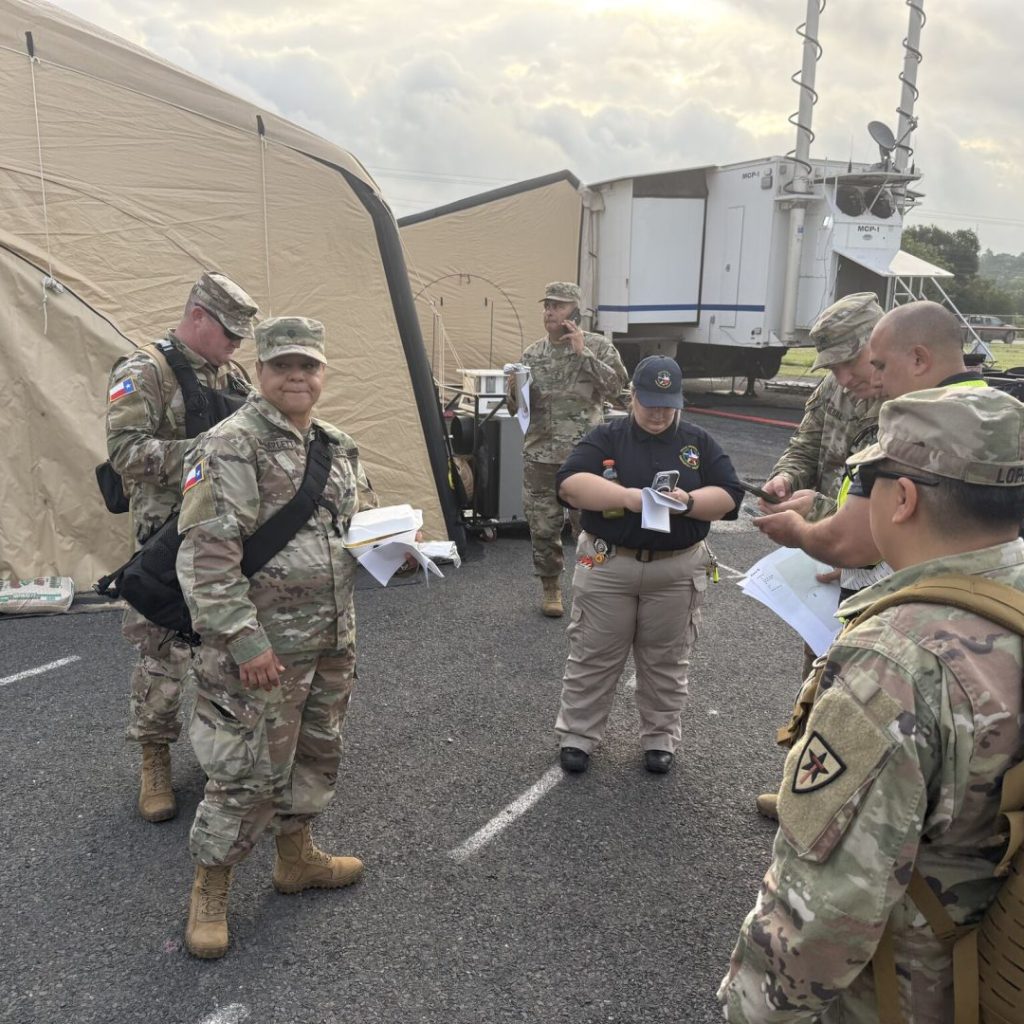
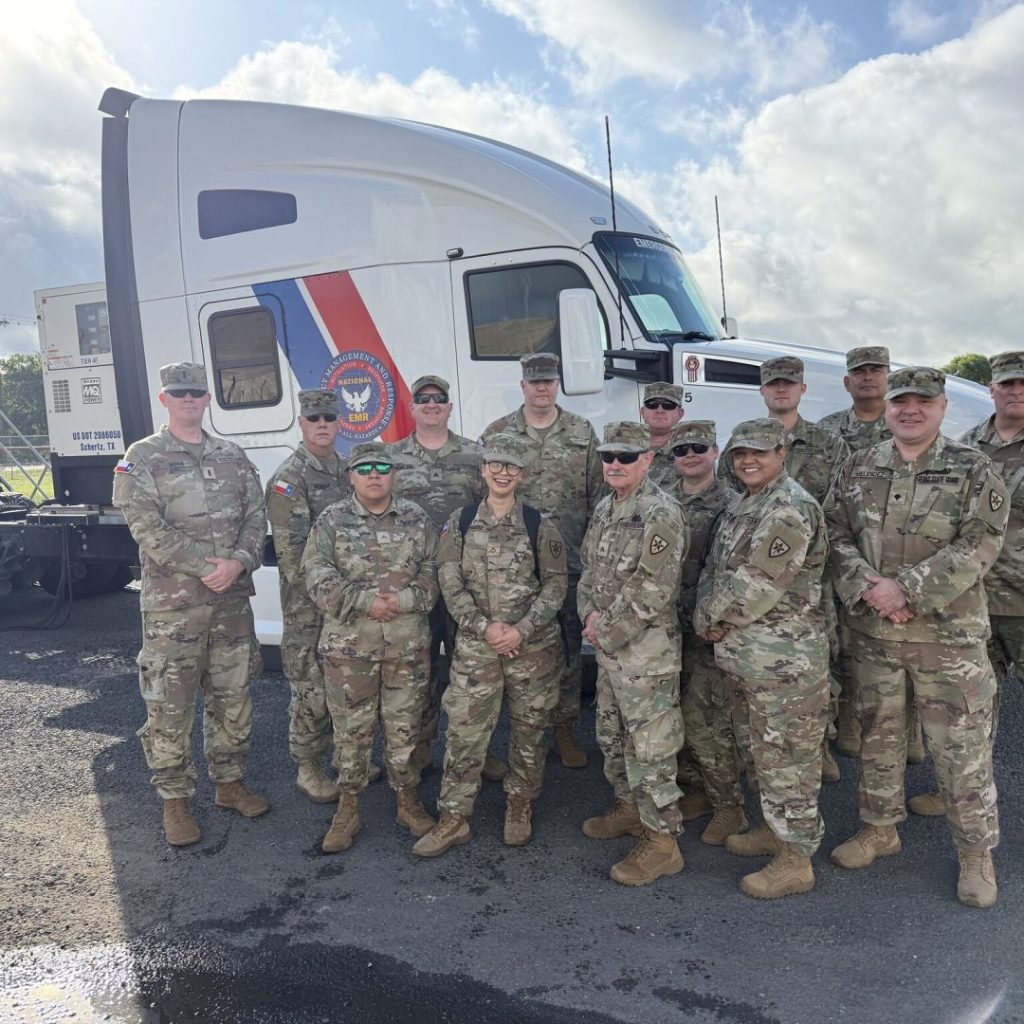


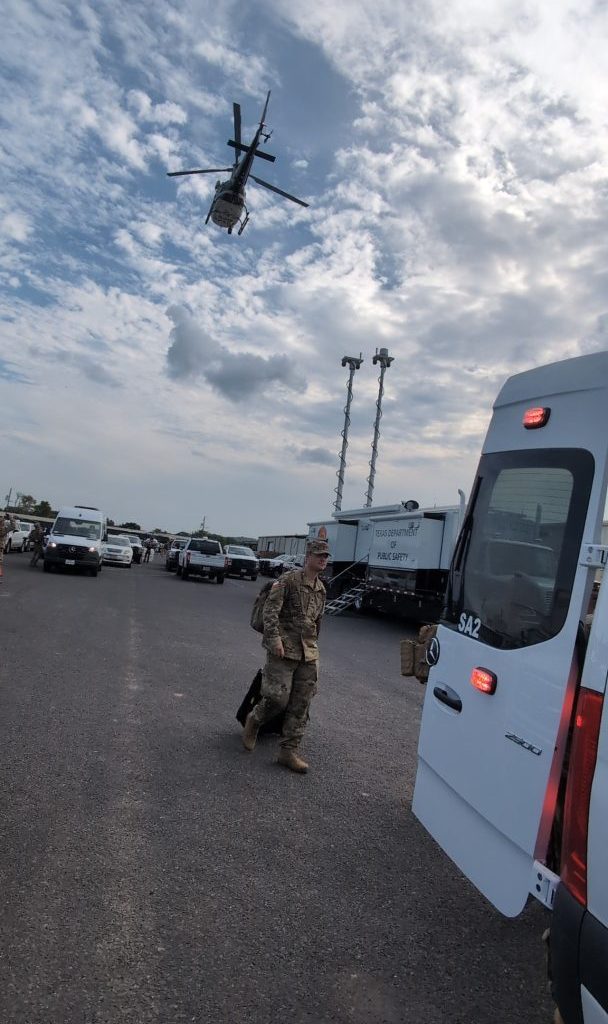
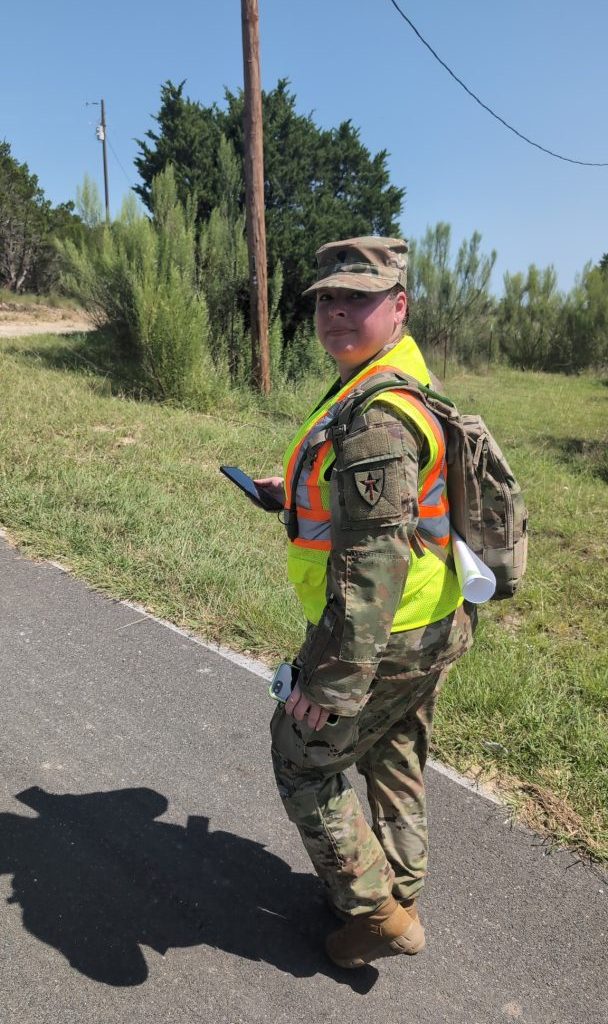
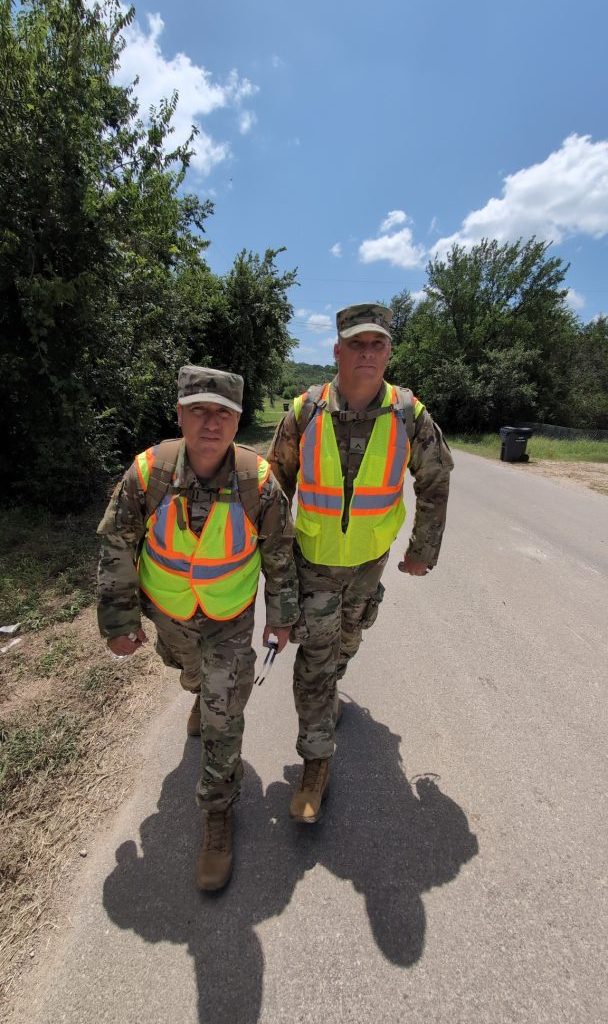
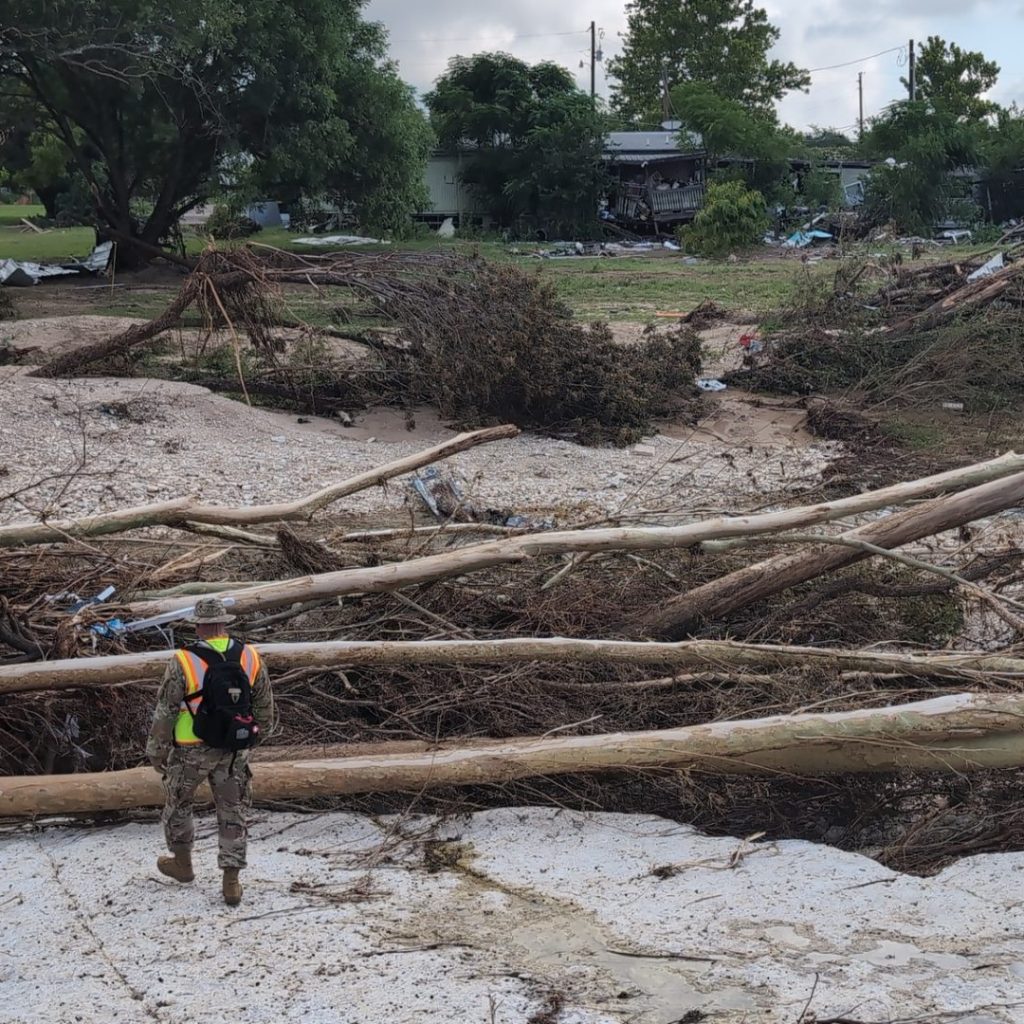
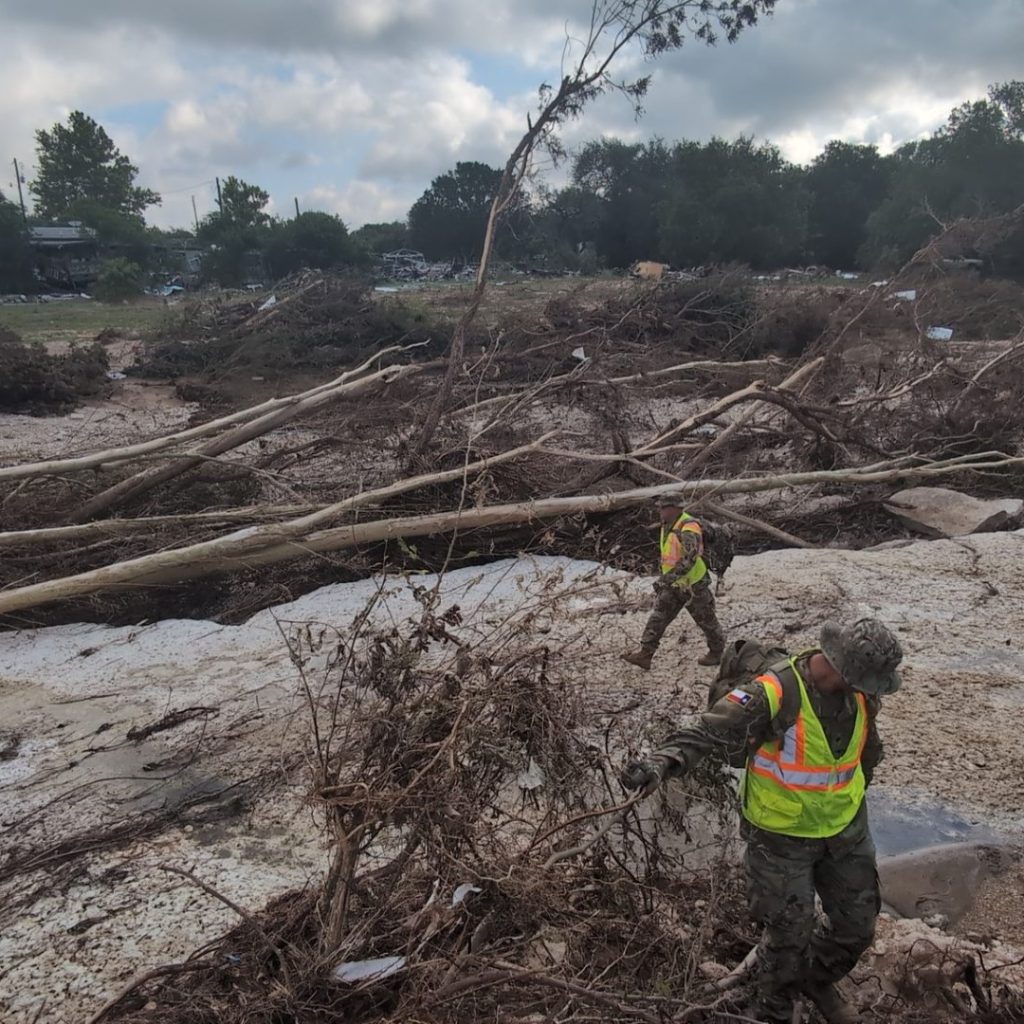
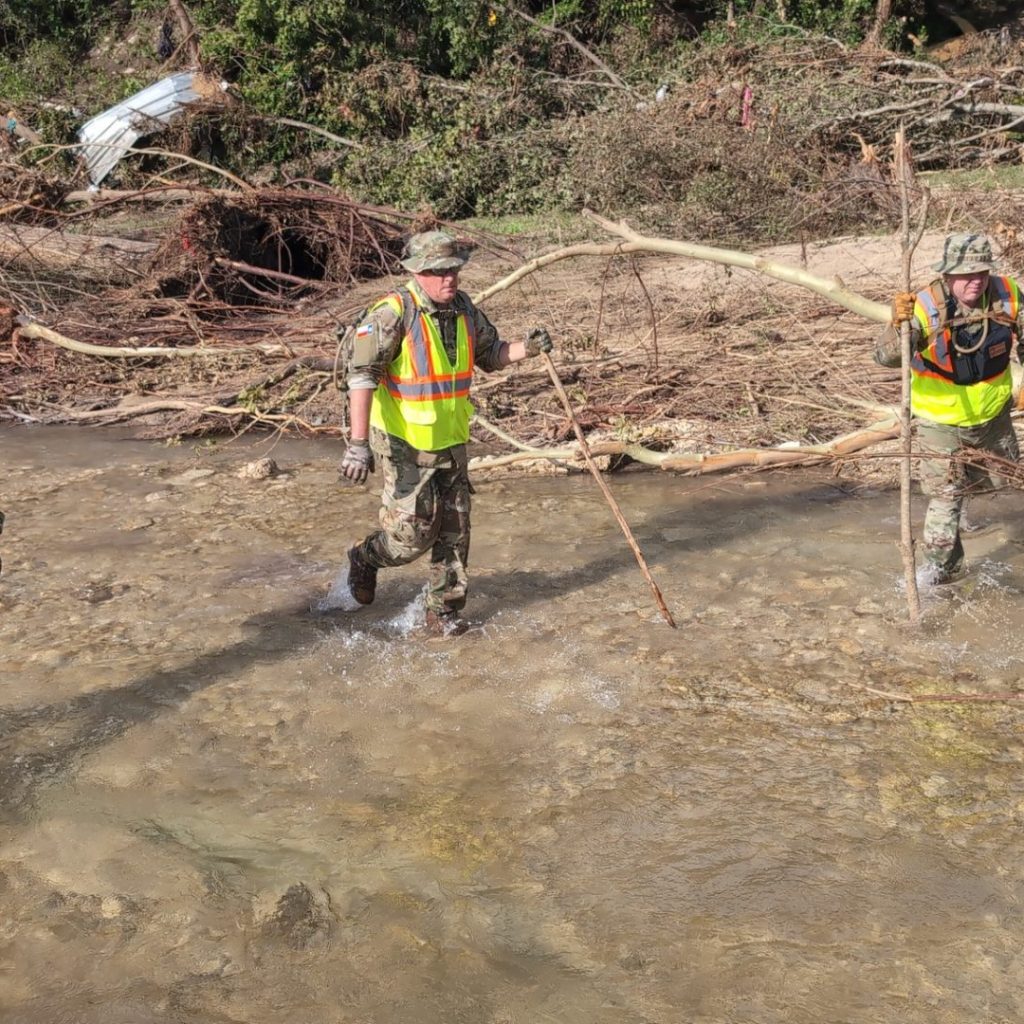
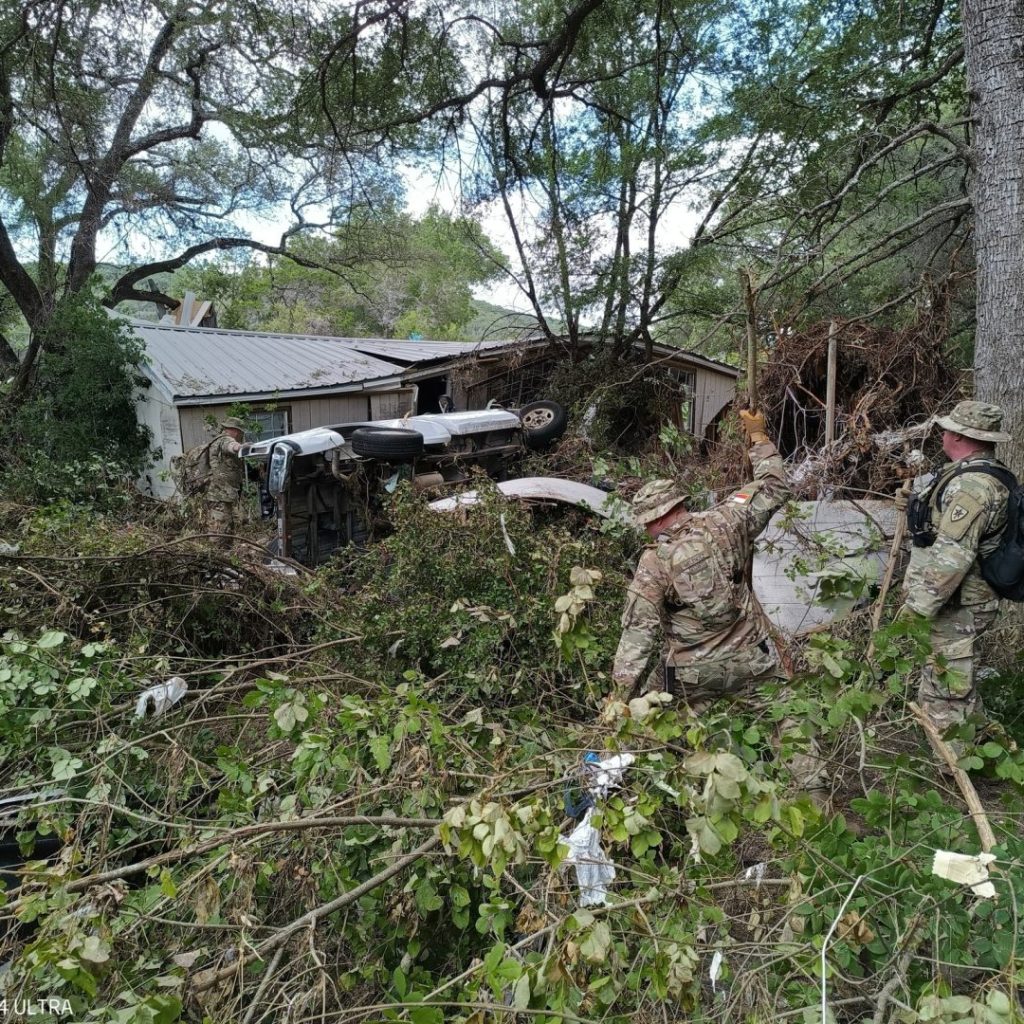
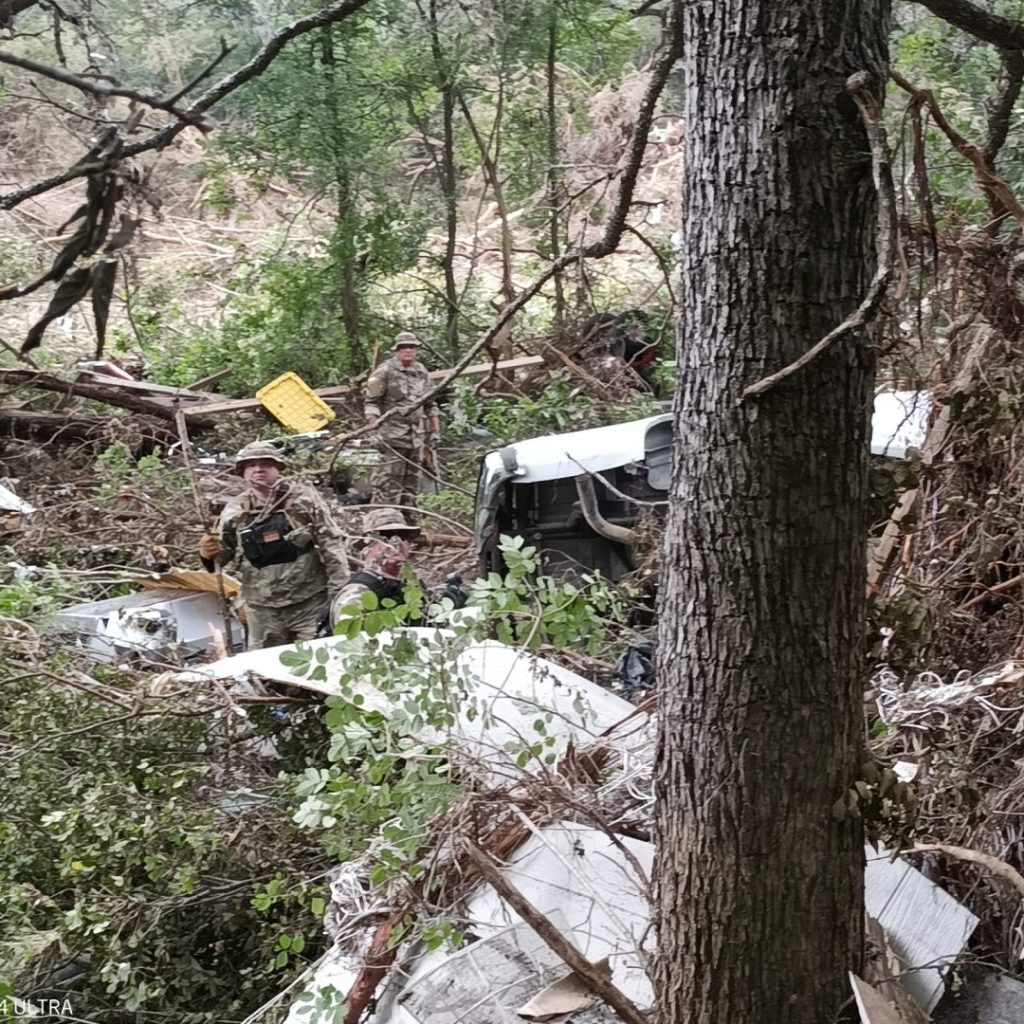
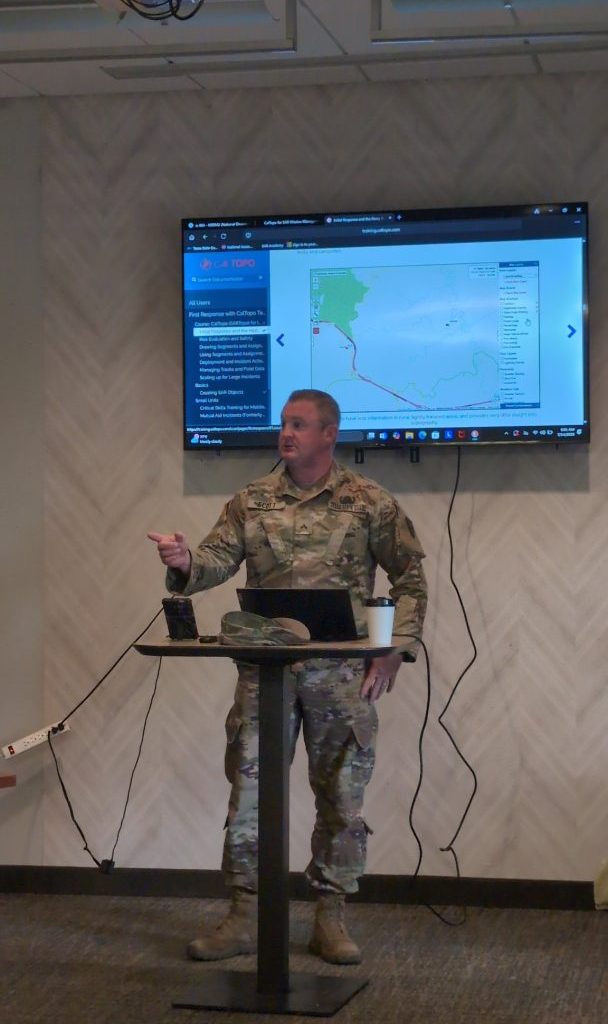
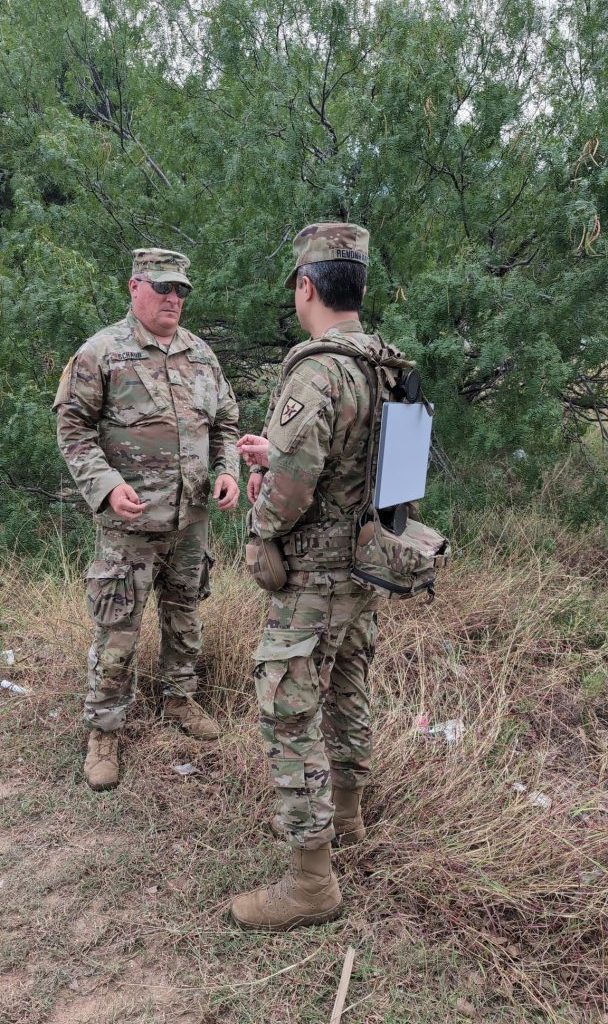

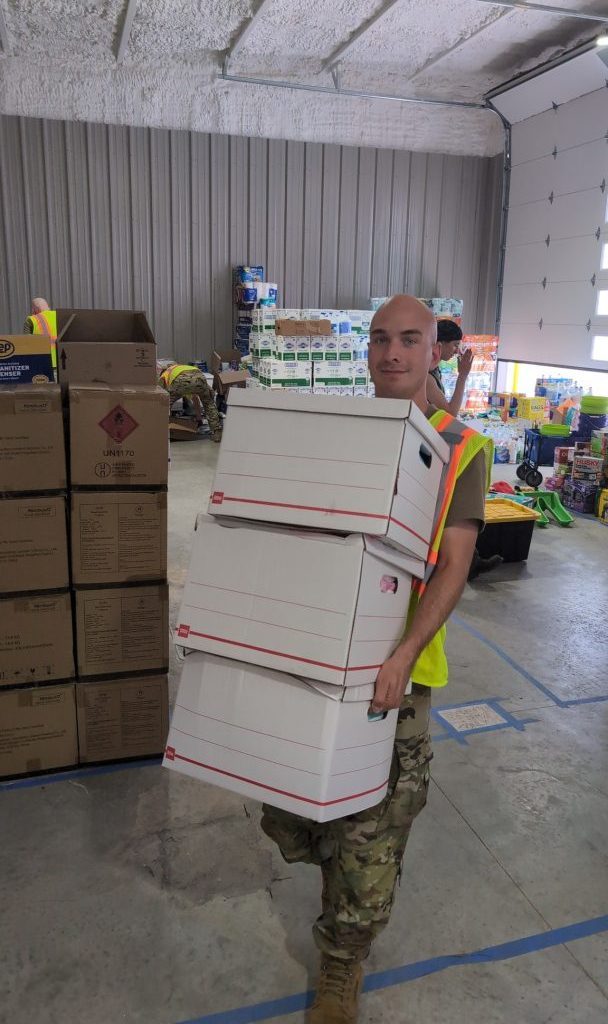
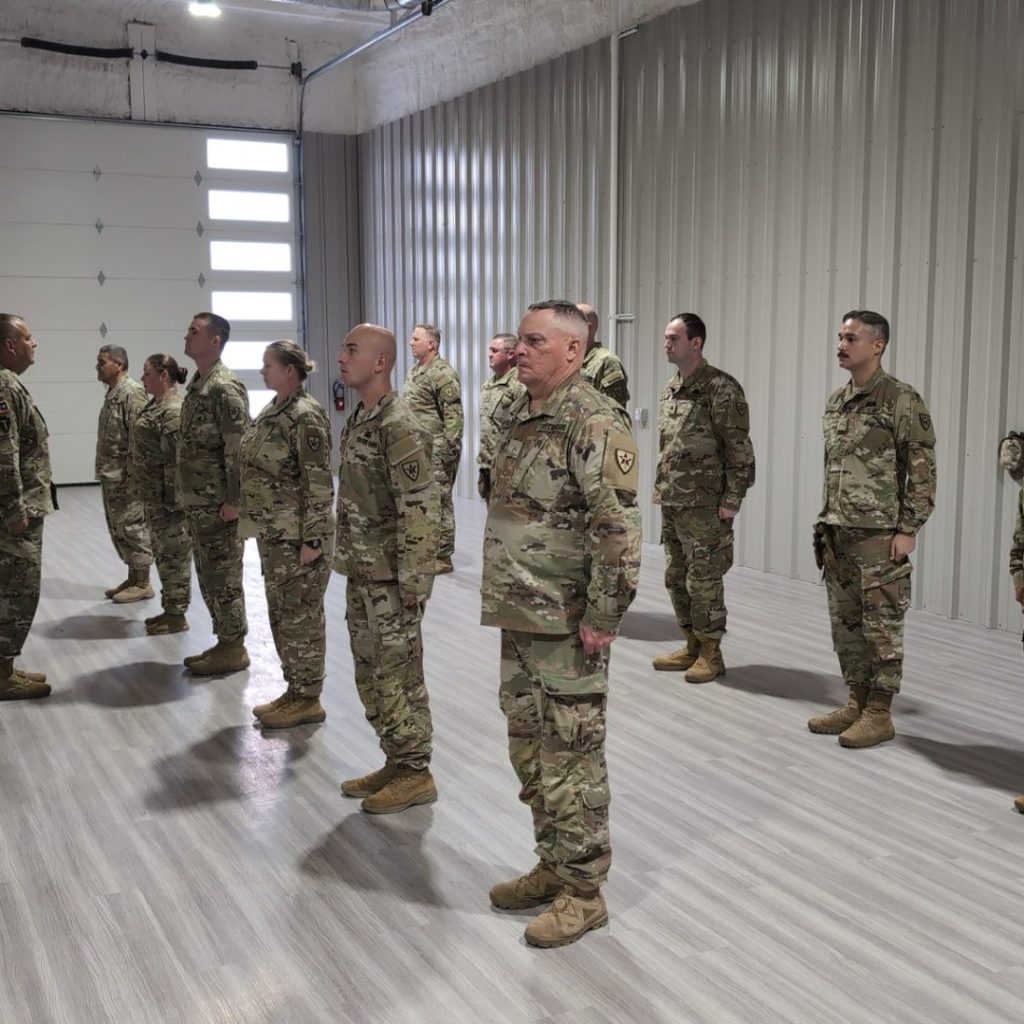
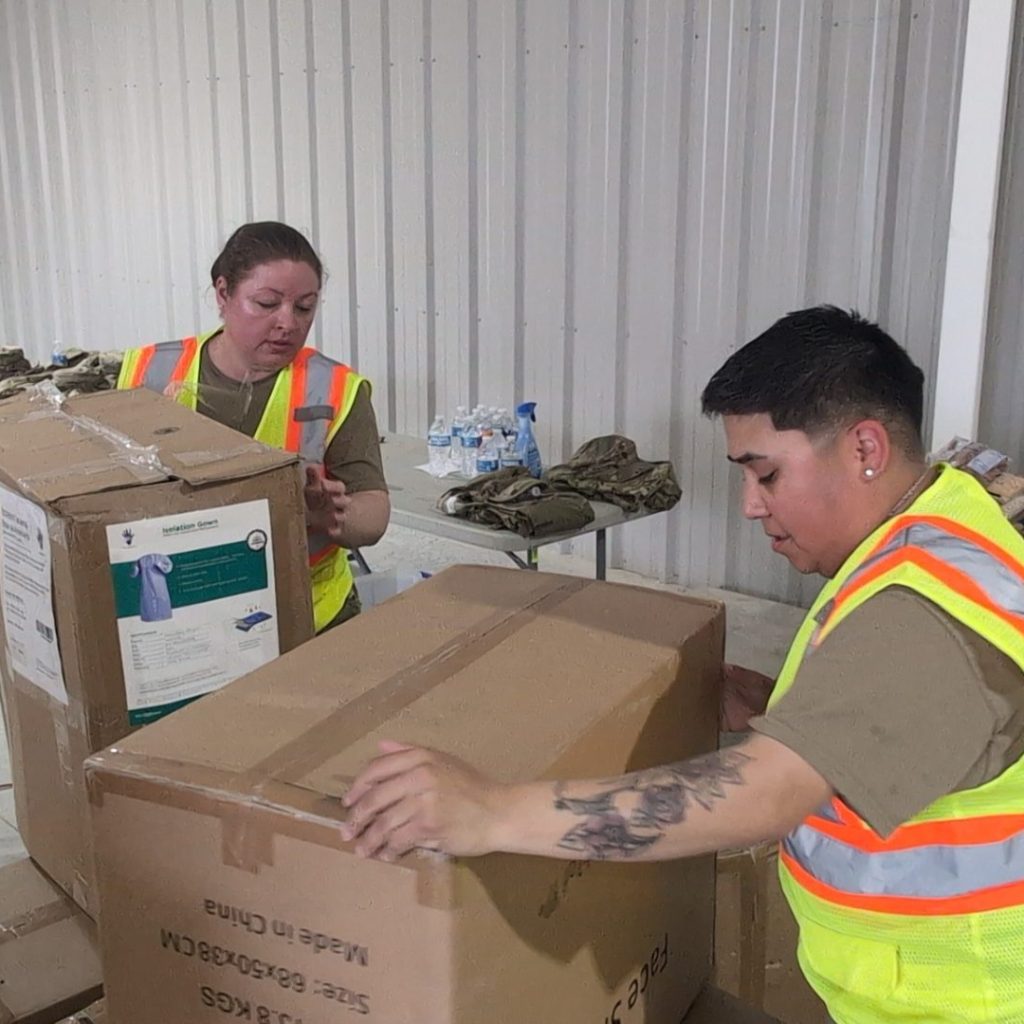

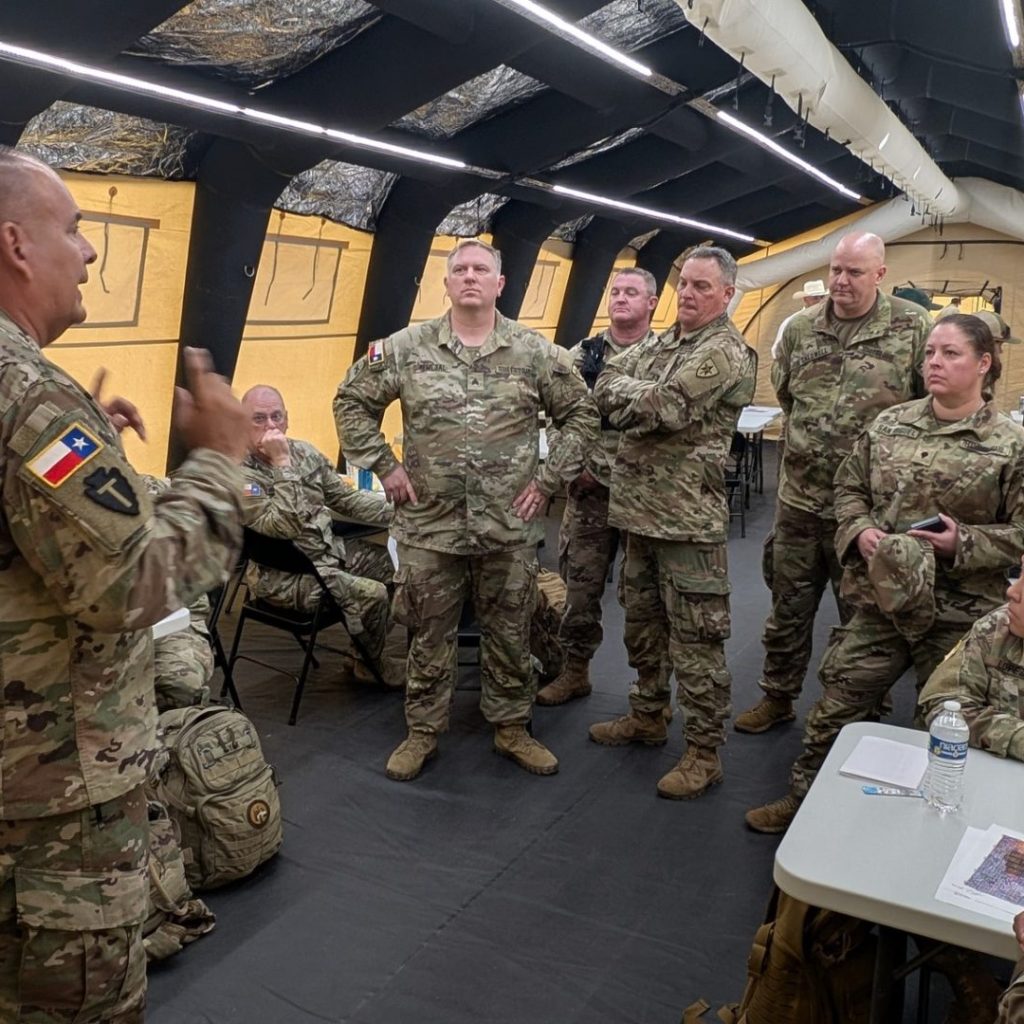
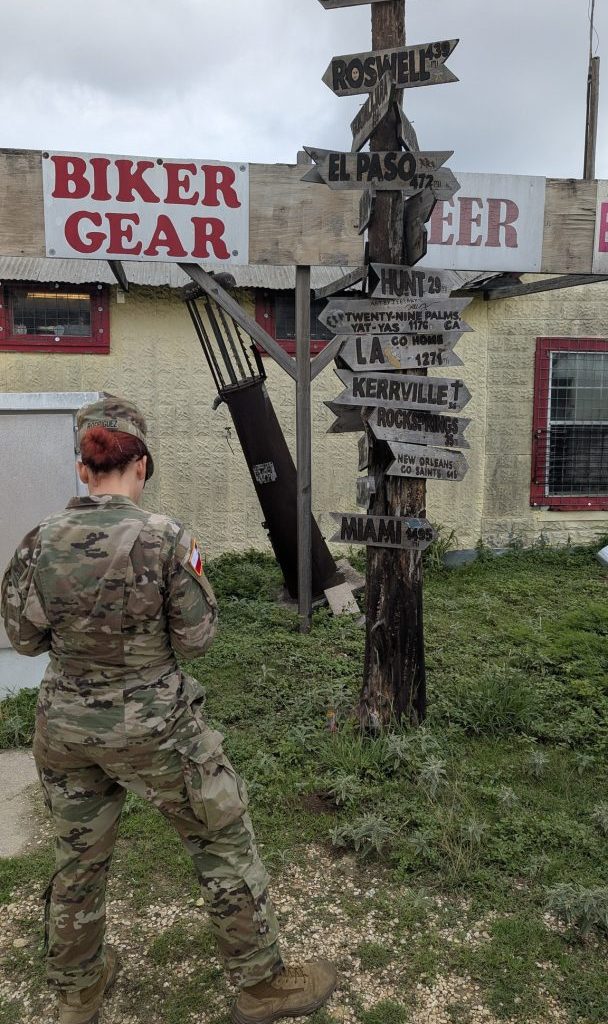
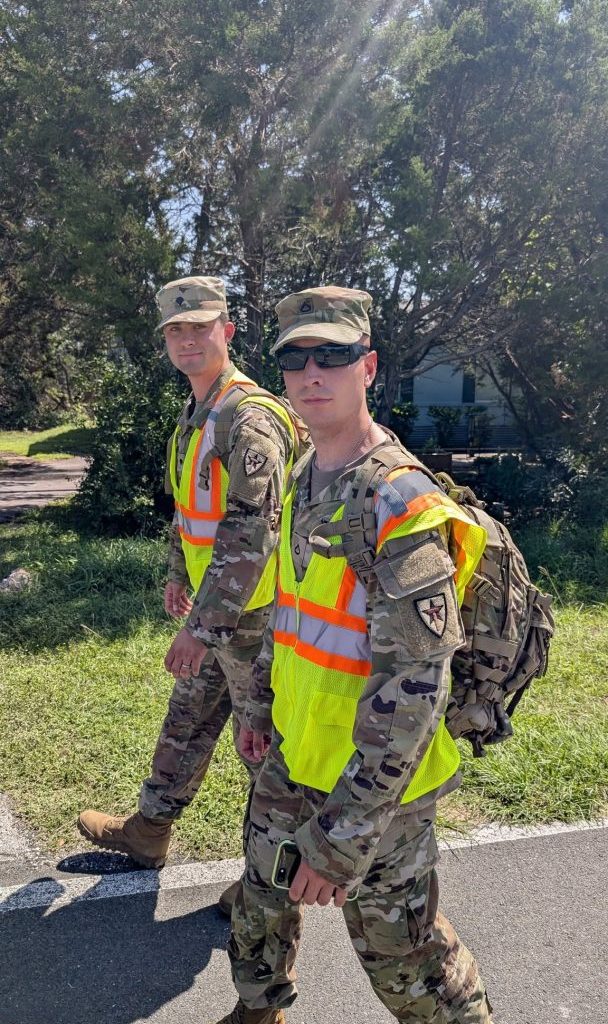
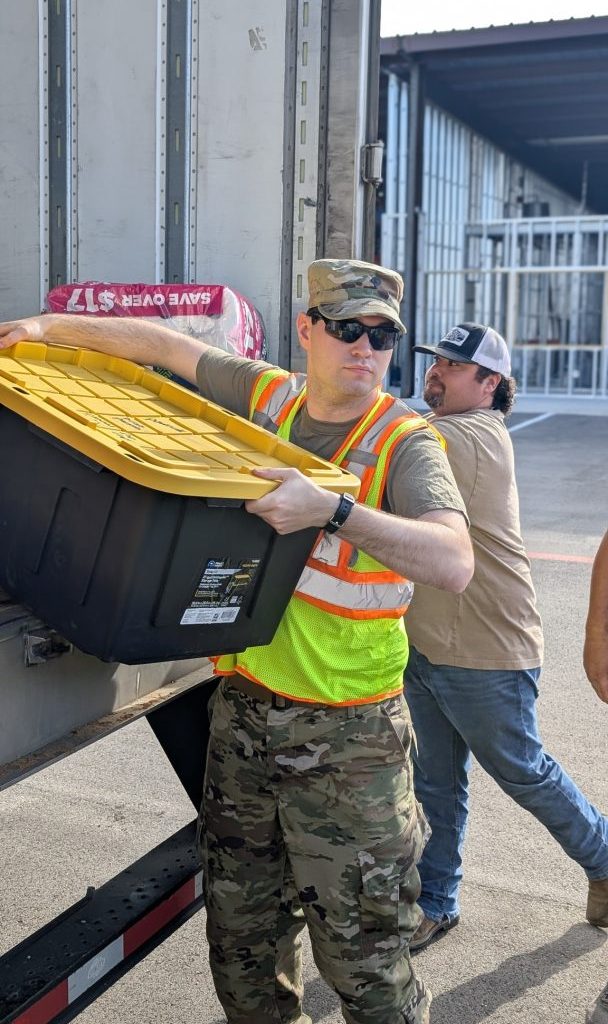
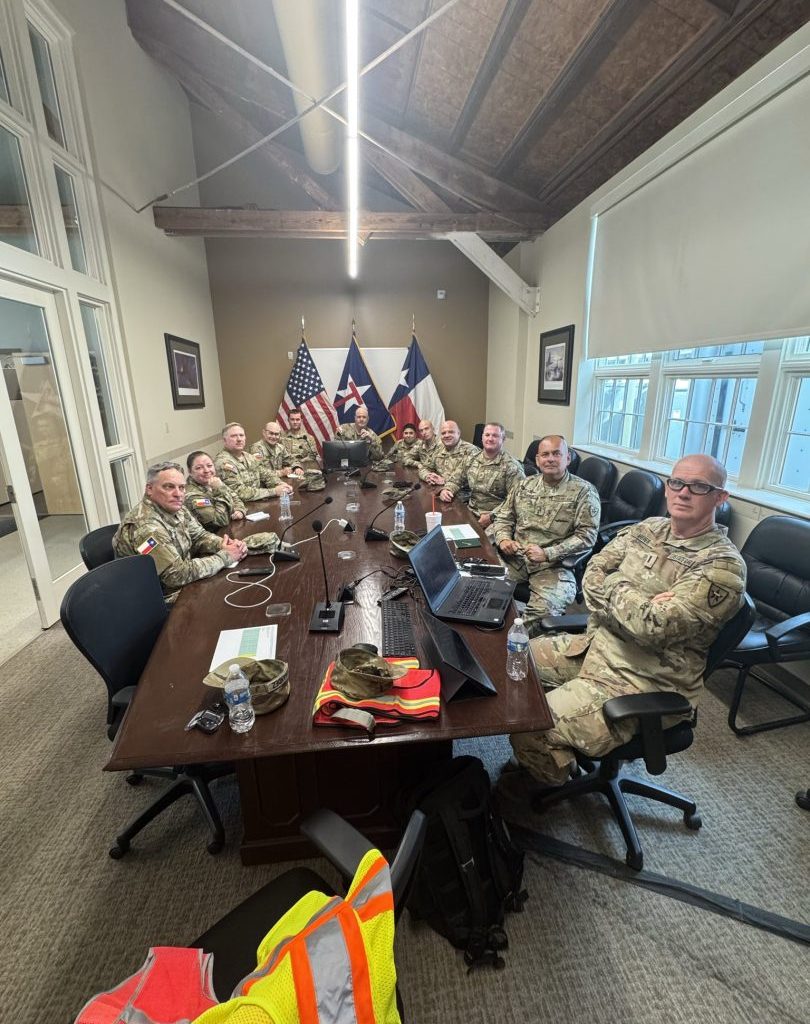
Recently, service members from the Texas State Guard’s 4th Battalion, 6th Brigade completed Stop the Bleed training led by Maj. Jason McLendon, battalion chaplain.
The training focused on lifesaving techniques to control severe bleeding in emergencies before medical professionals arrive. Participants practiced using tourniquets, wound packing, and applying direct pressure to simulated injuries.
( by Spc Douglas Gable 4BN 6BDE UPAR)


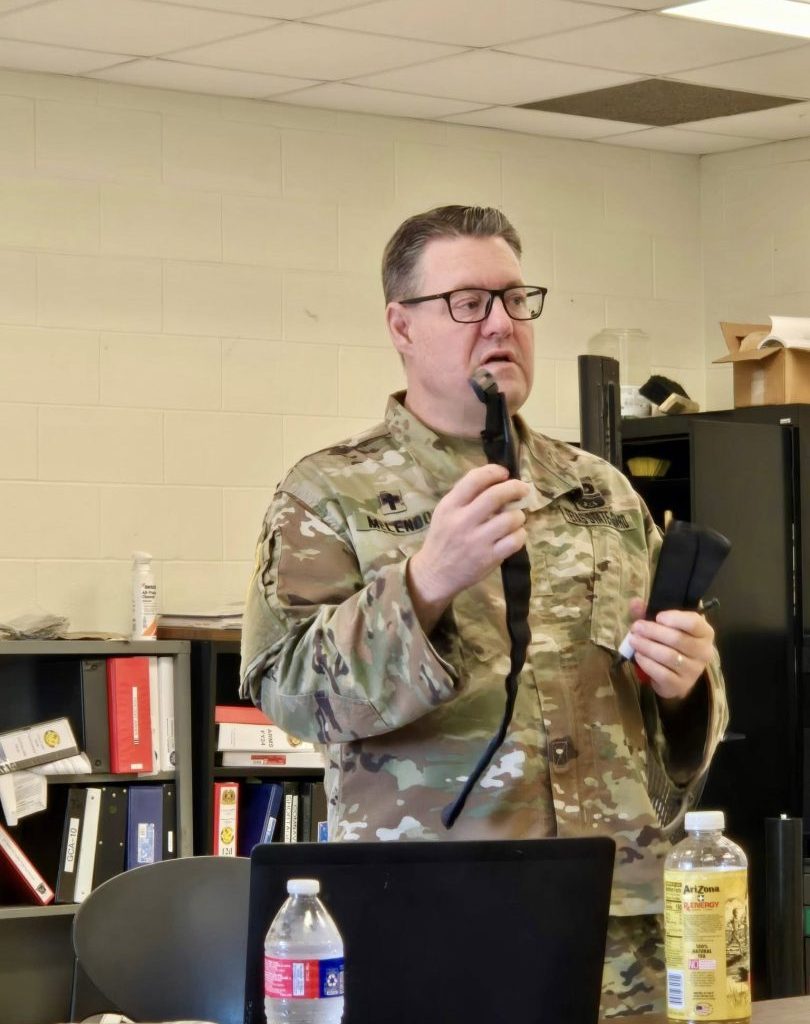


Recently, service members of the Texas State Guard’s 4th Battalion, 6th Brigade, completed iSTAT and pSTAT training led by 1st Lt. Lucas Meier, Bravo Co Commanding Officer.
The training prepares Guard members to support the Texas Division of Emergency Management by collecting disaster damage data from residents and local officials.
(Spc Douglas Gable 4BN 6BDE UPAR)


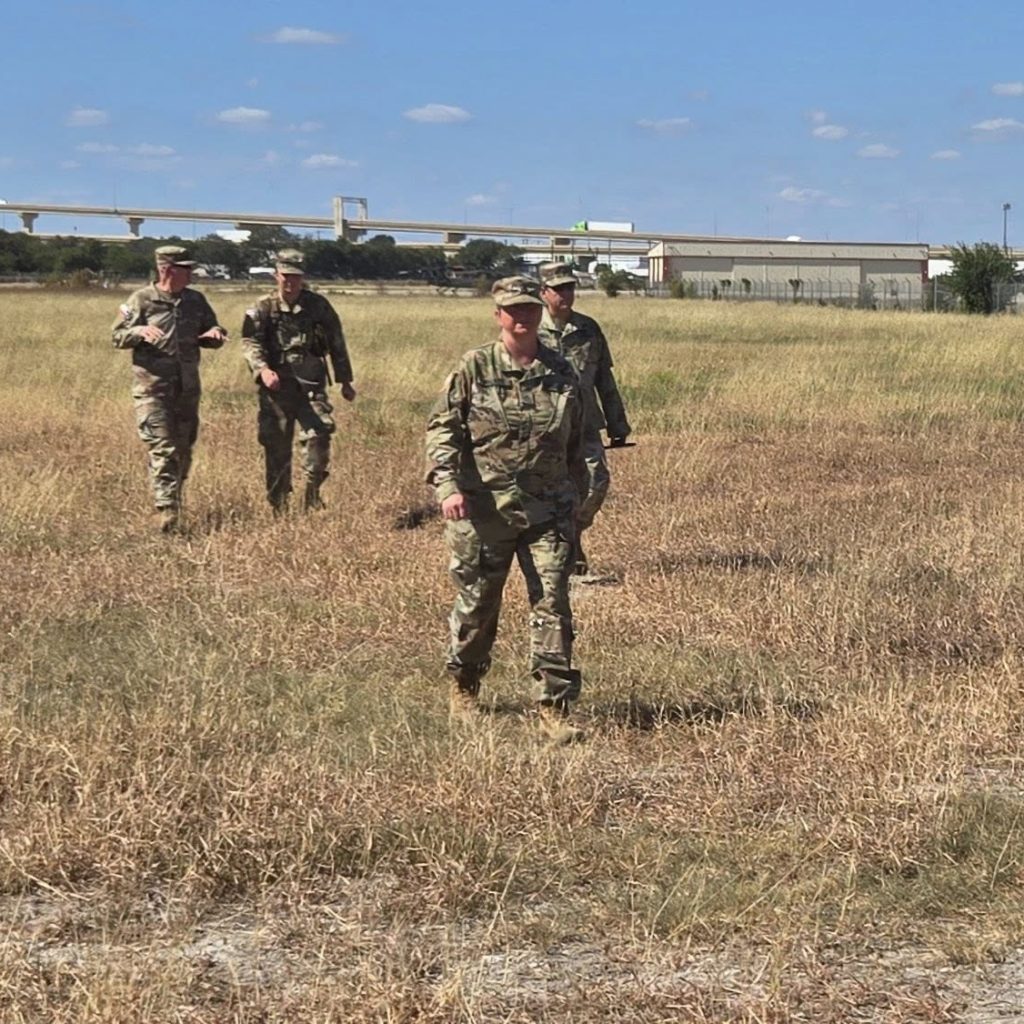


USBP, the Department of War, and the Texas Military Department continue securing the border with tactical C-wire placement to stop illegal crossings before they happen.
This border is closed — and we will defend it.
Protecting America starts at the line.

